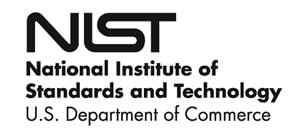RSS feed source: US Energy Information Administration
In-depth analysis
August 27, 2025
Five years after the COVID-19 national emergency was declared, gasoline demand, distillate demand, and jet fuel demand all remain less than pre-pandemic averages. Several factors are keeping demand, which we track as product supplied, below pre-pandemic levels. For example, increased fuel efficiency in the vehicle and aircraft fleets has offset increased travel, and demand for petroleum-based distillate fuel oil has been partially replaced by biomass-based distillate fuels.
Finished motor gasoline
In April 2020 (the first full month following the March 13 declaration of the COVID-19 national emergency), U.S. gasoline demand fell to 5.9 million b/d, the lowest since January 1974. In April 2025, U.S. gasoline demand averaged 8.9 million barrels per day (b/d), 52% higher than it was in April 2020 but below the April 2019 average of 9.4 million
Click this link to continue reading the article on the source website.


